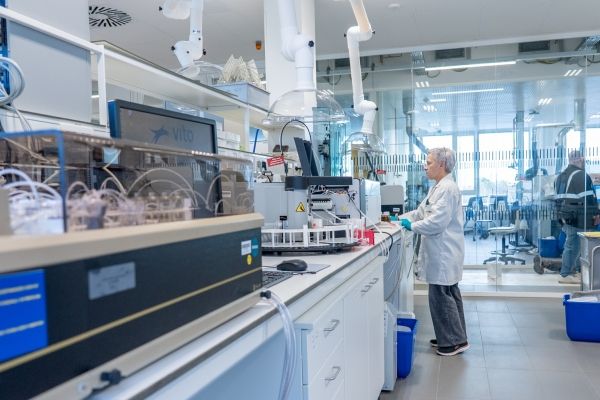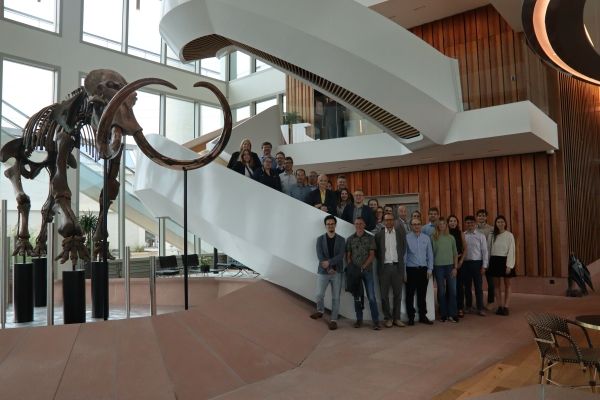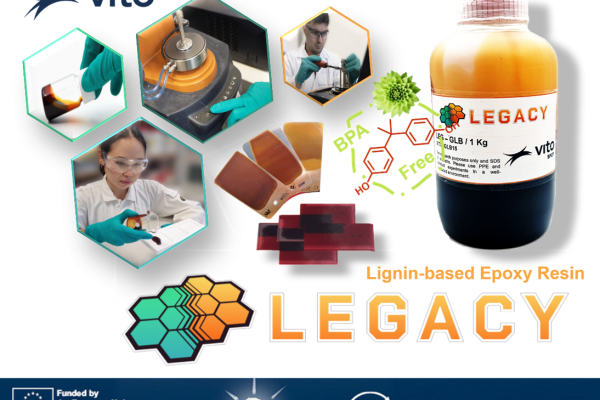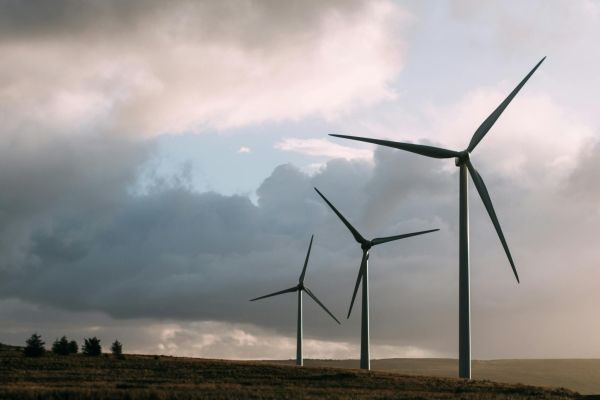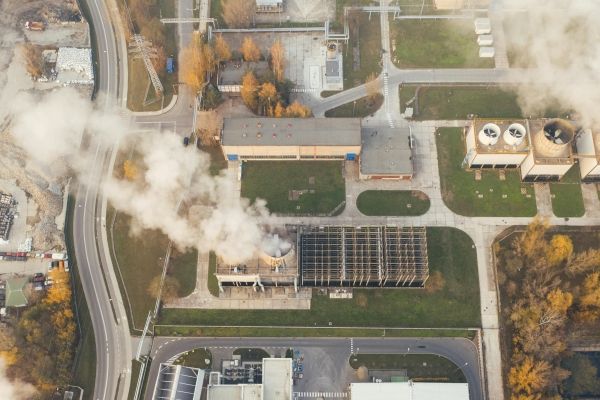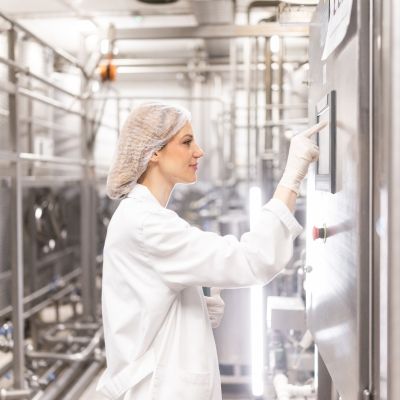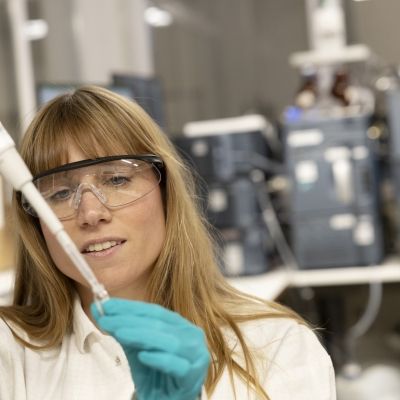Chitosan, a wonder product from mushroom waste
What remains after a mushroom harvest - the stem - can be perfectly used as source of bioactive material. This is not only good news for mushroom growers because it allows them to valorise their 'waste' - or better residual flow - and become much more circular, but it is also good news for, for example, companies producing medical supplies - such as haemostatic dressings. The chitin contained in these by-product streams is available locally, but is also not of animal origin, thus avoiding allergic reactions in patients. All this was covered in CHampITINE's final report. In this project, VITO and Inagro, together with stakeholders from the mushroom sector, investigated whether chitin and/or chitosan from these by-products could be used as bioactive components.
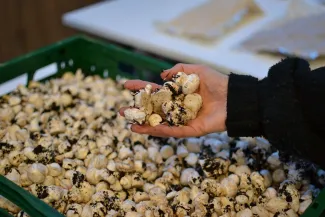
What is chitosan?
Chitin is mainly found in the hard parts of almost all molluscs, crustaceans and insects, but also in algae and ... fungi, or mushrooms. At the end of the 19th century, the added value of the derivative of chitin - chitosan - also penetrated the West where it is used in animal feed, chemicals, agro-industry, cosmetics and pharmaceuticals. It has very interesting properties: it is antibacterial, antioxidant, anti-inflammatory, moisturising, UV repellent, it can form an edible, protective film and much more...
Plants treated with chitosan grow remarkably faster and strawberry plants sprayed with a solution containing chitosan are much more resistant to disease and produce more beautiful fruit. On the beauty shelves, we find chitosan mainly in cosmetic products such as hair gel. Because of these qualities, there is increasing demand for chitosan. It is said to cross the 110,000-megaton-per-year mark next year, currently mainly for personal care products.
Life saving
However, chitosan also has a special added value in medicine. Never has there been more demand for chitosan bandages than since the war started in Ukraine. "The haemostatic effect of chitosan in bandages ensures that life-threatening bleeding can be stopped in minutes," says Dominiek Viaene of Protex Healthcare. "Yet there is a problem: it is mainly manufactured in the Far East and the US, which makes us dependent, and it is almost all of animal origin. Say: from shrimps, crabs and lobsters. If you use this on a patient who has a shellfish allergy, the patient is lost."
CHampITINE project gets follow-up
So the need for chitosan of non-animal origin that is also produced locally is high. And then the CHampITINE project comes to the fore. This project looked at the possibilities of extracting chitin from mushroom by-products. That is, from residual waste from mushroom harvesting. Flemish mushroom growers account for some 23,000 tonnes of mushrooms a year, providing 1,800 to 5,500 tonnes of residual waste streams that can serve as the basis for chitosan. Chestnut mushroom, oyster mushroom and white mushroom have a lot to offer. Flemish mushroom growers therefore enthusiastically lent their cooperation to this project.
"The CHampITINE project has not only succeeded in extracting chitosan from the side stream of mushrooms, but has also mapped the potential of the Flemish mushroom supply and examined with all parties whether and how Flemish mushroom growers can use their side stream in the local production of chitosan," says Leen Bastiaens, project manager at VITO.
The work is not yet finished, but the Flemish government also realises the potential. It has therefore decided to support the VALORCHAMP project within the Flanders circular call. This will further examine how mushroom residues can be upgraded as ingredients for food (spreads, flavour enhancers, protein sources) and bioactive components.






